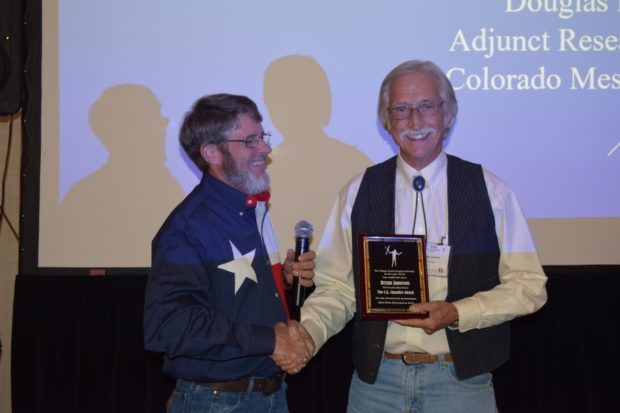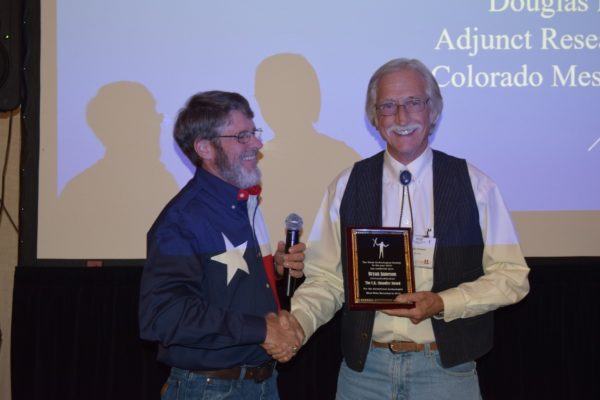Enhancing our space with a sense of place
Over the last decade public archaeology in the UK has witnessed a growing profile. This…

Sarah Jane Chesney, PhD
Texans like to boast that “everything is bigger in Texas,” and they’re not far off: measuring 268,581 square miles with a population of close to 29 million spread across 254 counties, 10 climate regions, 14 soil regions, 11 ecological regions, and spanning two time zones, Texas is second in size only to Alaska and in population only to California. It has been home to human populations for over 12,000 years. That’s a huge amount of variation for one state, and it’s one of the reasons why Texas defies easy categorization: a little bit southern, a little bit southwestern, and a whole lot of state pride.
As wonderful as this diversity is, it is daunting from an archaeological perspective. How can one state agency or SHPO possibly oversee all the known archaeological sites in Texas – not to mention, field all the reports of new sites, or looting/destruction? It’s an impossible task, and one that Texas archaeologists have been combating since before the passage of the Antiquities Code of Texas (inspired in part by the National Historic Preservation Act) in 1969.
In 1984, a plan was conceived: faced with increasing demands from across the state for the administration and preservation of archaeological sites, the State Archaeologist for Texas, Robert Mallouf, United States Army Corps of Engineers Southwestern Division Archaeologist Larry Banks, and Texas Archaeological Society (TAS) members Jim Word and Bill Richmond created the Texas Archaeological Stewards Network (TASN), a group of dedicated, highly trained avocational archaeologists whose mission was to aid the archaeologists of the Texas Historical Commission (the state historic preservation agency) in preserving and recording archaeological sites.
Beginning with ten Stewards (as TASN members are called), there are now over 130 across the state, including several Marine Stewards who specialize in recording marine sites and shipwrecks in state waters. Stewards are involved in every aspect of archaeological work across Texas: they record and excavate sites, catalog and preserve collections, perform lab and artifact analyses, publish technical papers, give presentations to schools and community groups on the importance of archaeological site preservation, and even advocate for archaeological heritage with state lawmakers. Working in partnership with the professional archaeologists of the THC and other state agencies, TASN members perform vital research and community outreach across the state. The TASN program, now entering its 36th year, has been recognized as a model program for preservation and partnership between professional and avocational archaeologists.

Archeologist Doug Boyd presents TASN member Bryan Jameson with the Texas Archeological Society’s C. K. Chandler Award for most archeological sites recorded by an avocational archeologist (2019). Photo by Susan Everett.
Simply put, without the dedicated volunteers of the Texas Archaeological Stewards Network, archaeological preservation in Texas would be impossible. The future of archaeology in Texas lies in this partnership between professional and avocational archaeologists and in their continuing dedication to preserving the past for future generations.
Special thanks to: Becky Shelton, THC archaeologist and current coordinator of the TASN and Linda Gorski, TASN member and president of the Houston Archaeological Society, for their help with this blog post.
To learn more about the Texas Archaeological Stewards Network: www.thc.texas.gov/preserve/projects-and-programs/texas-archeological-stewards
To contact the author: sarah.chesney@thc.texas.gov